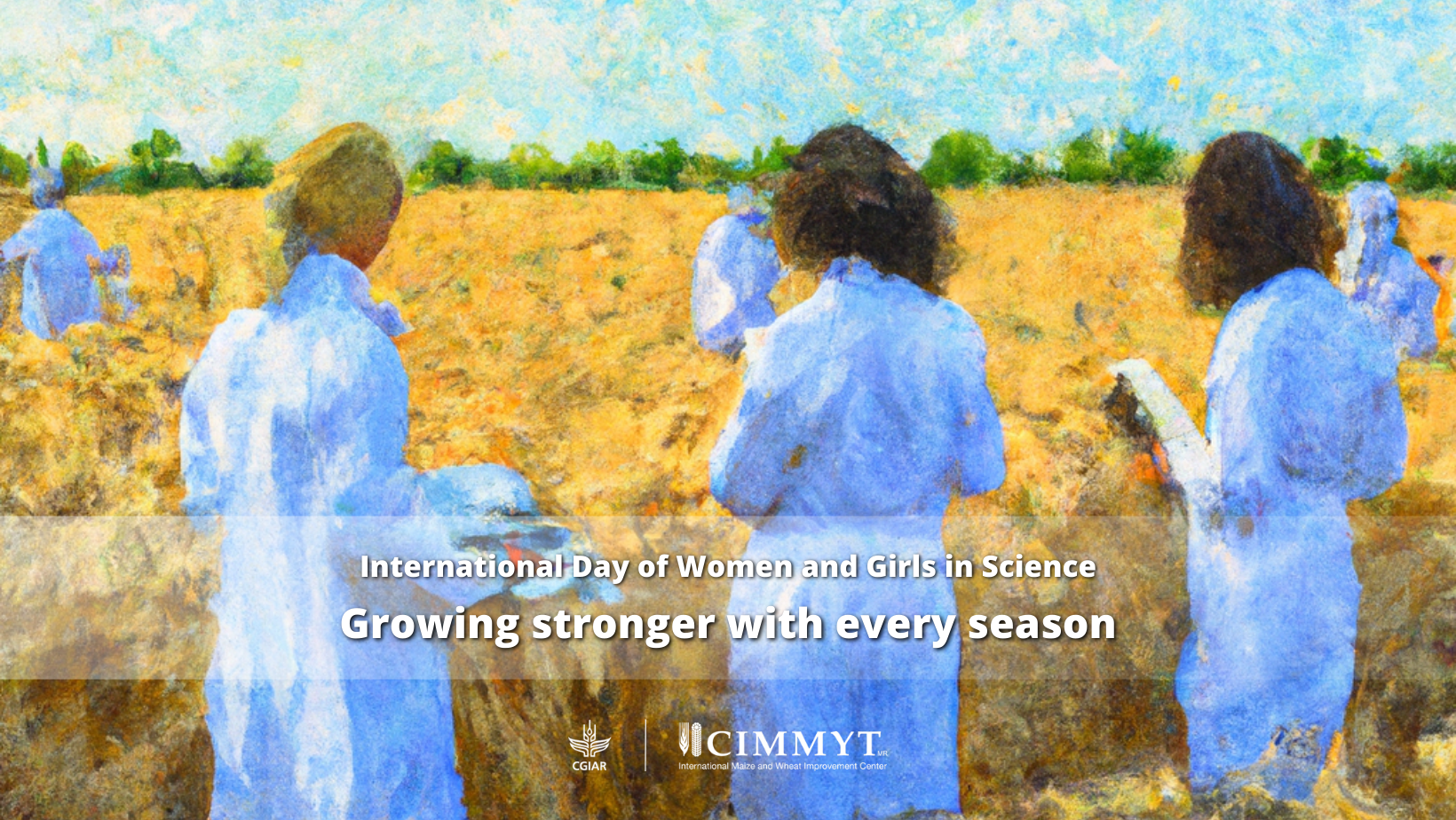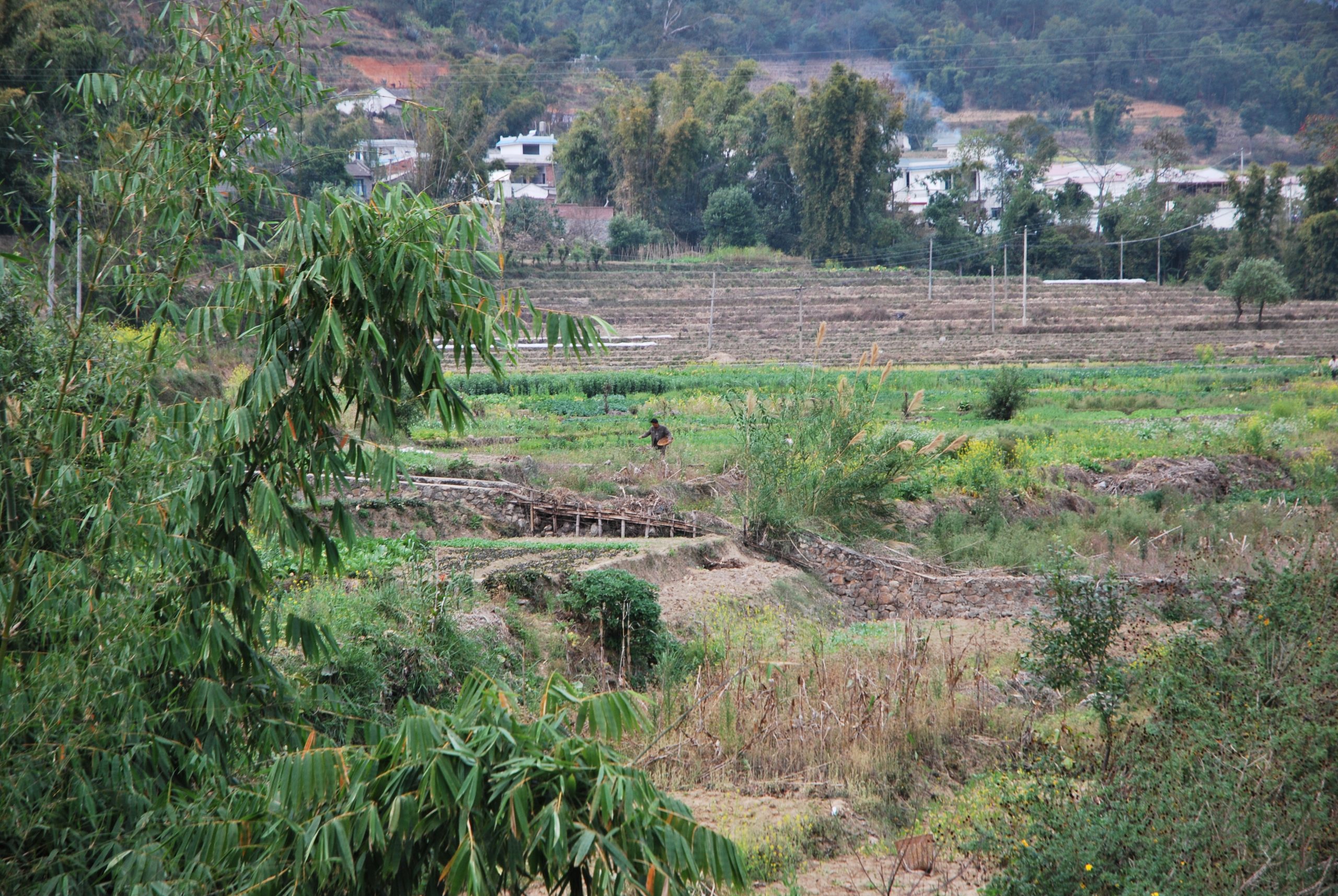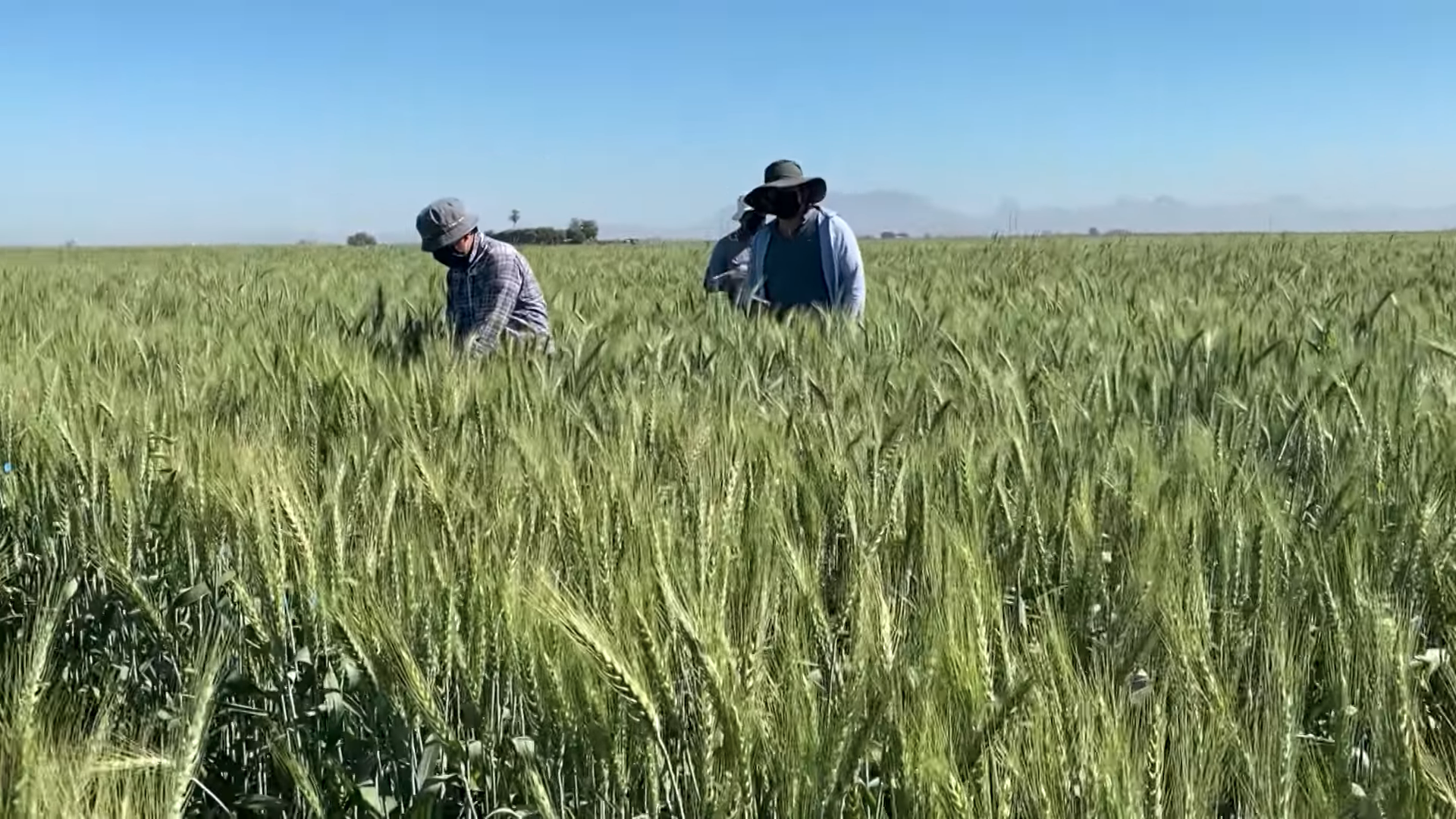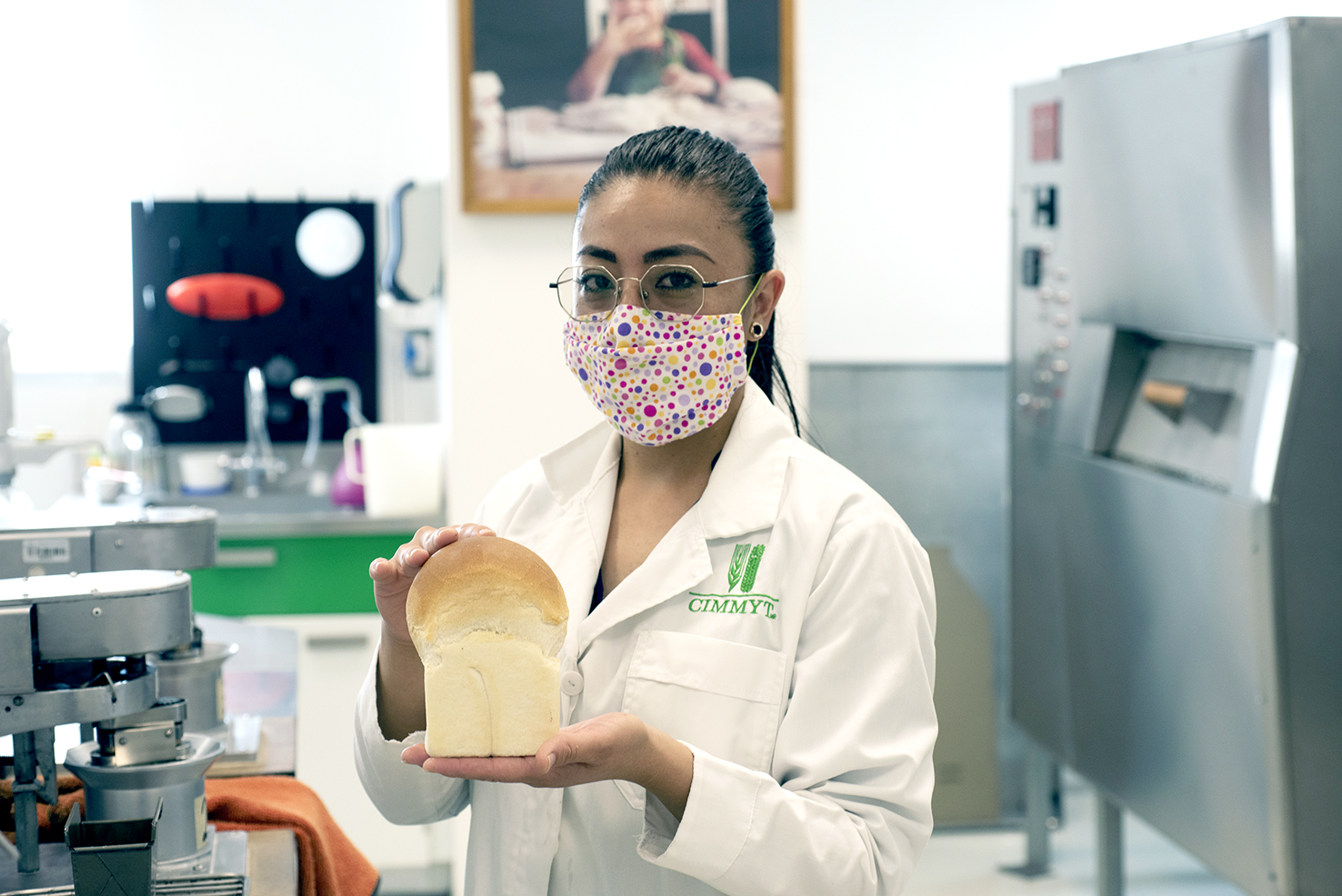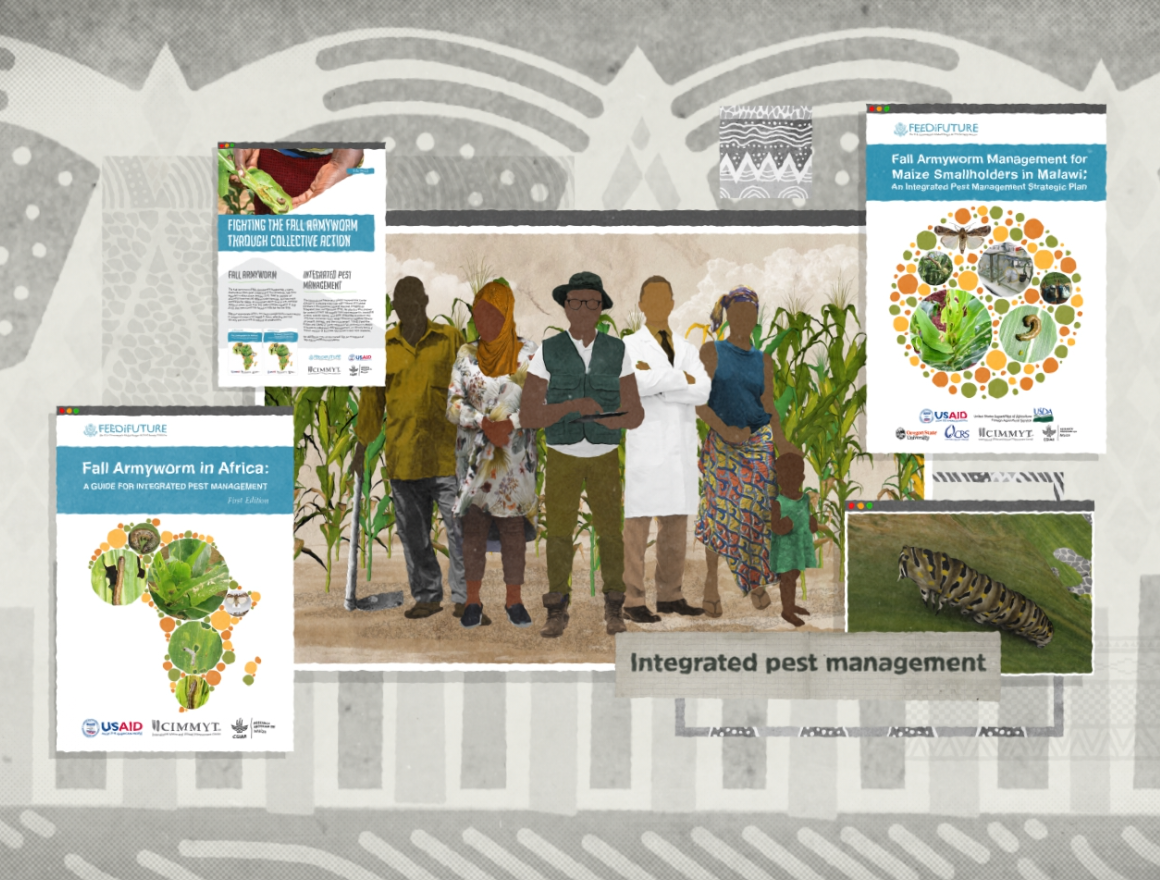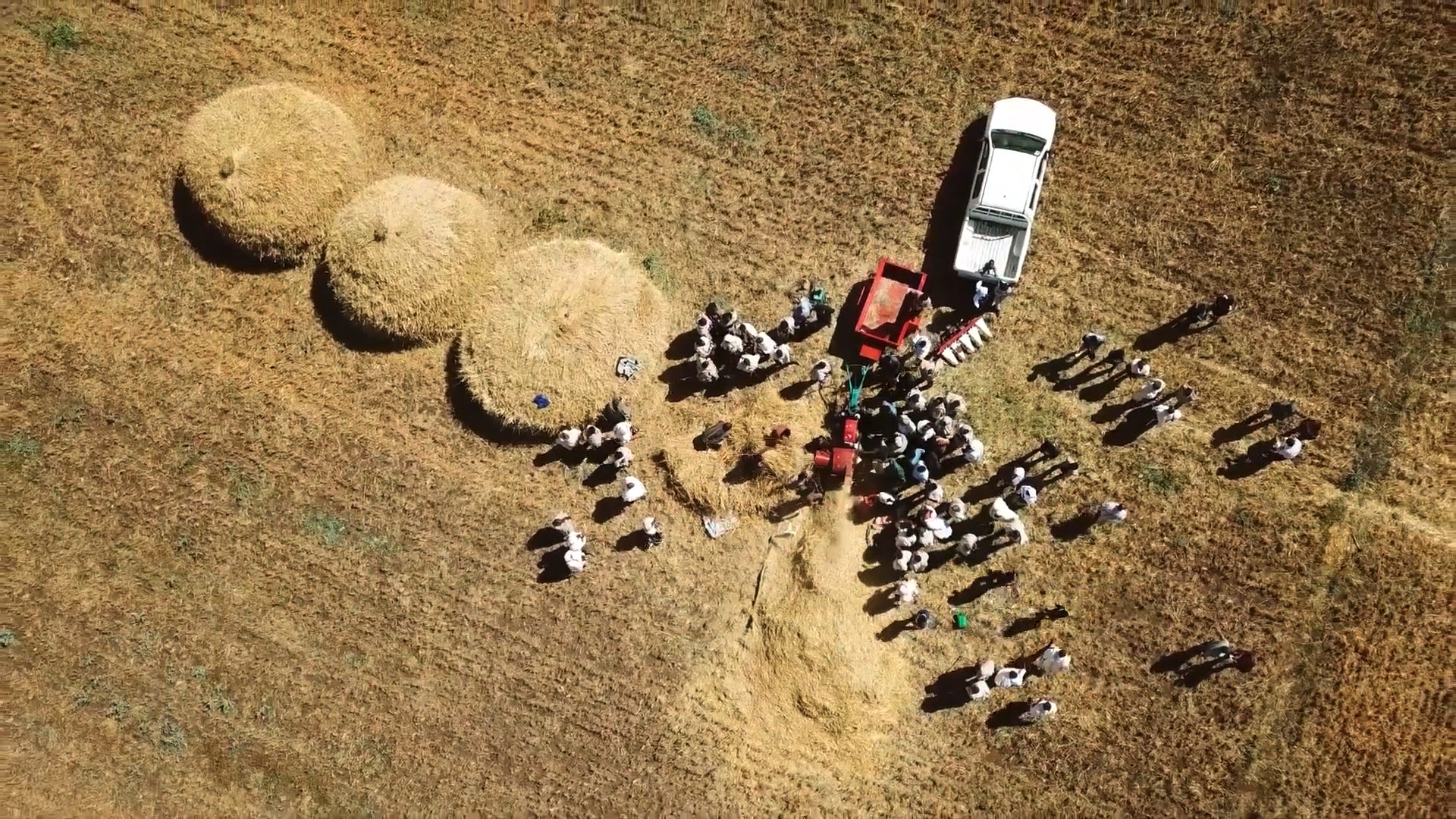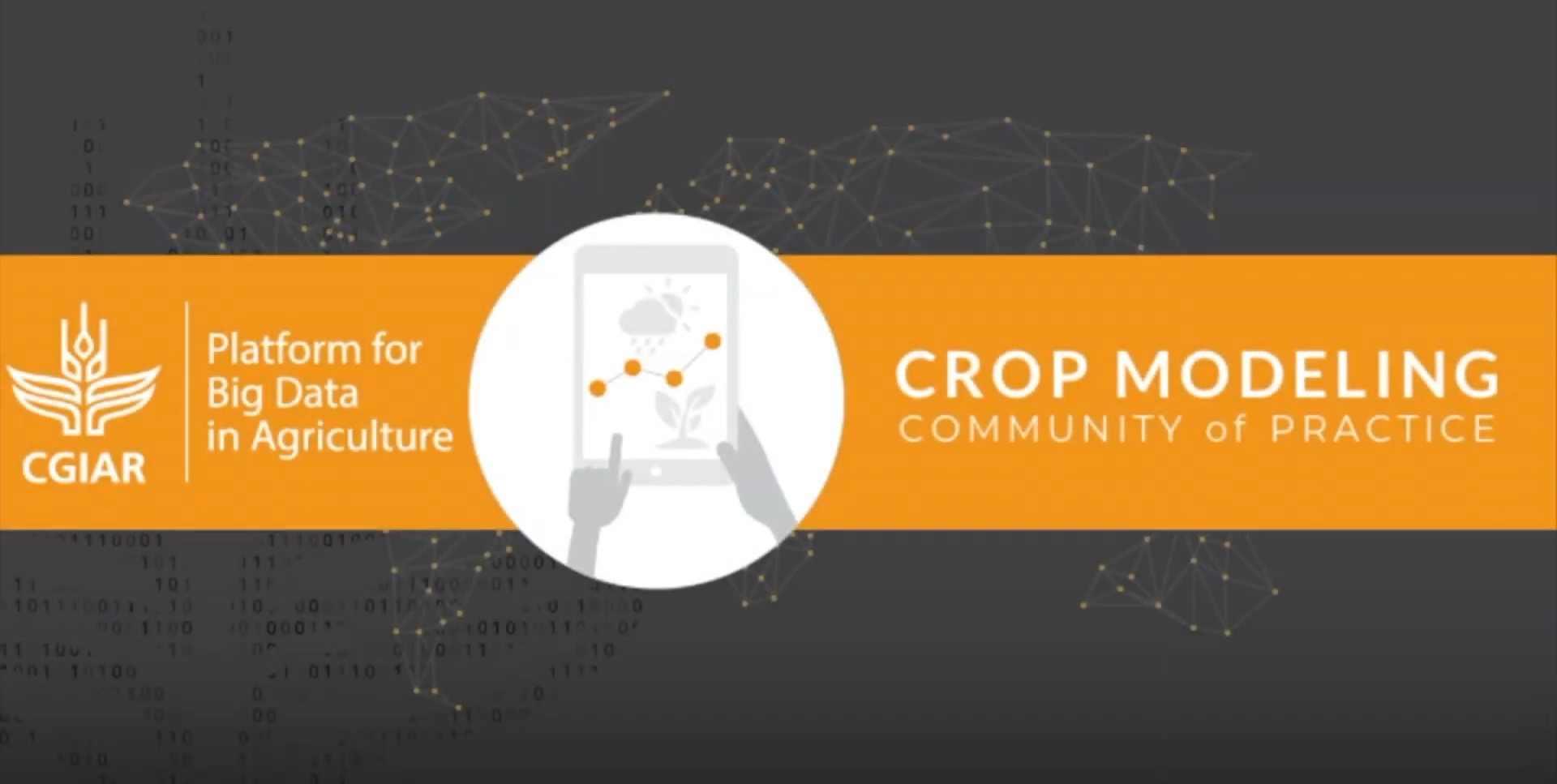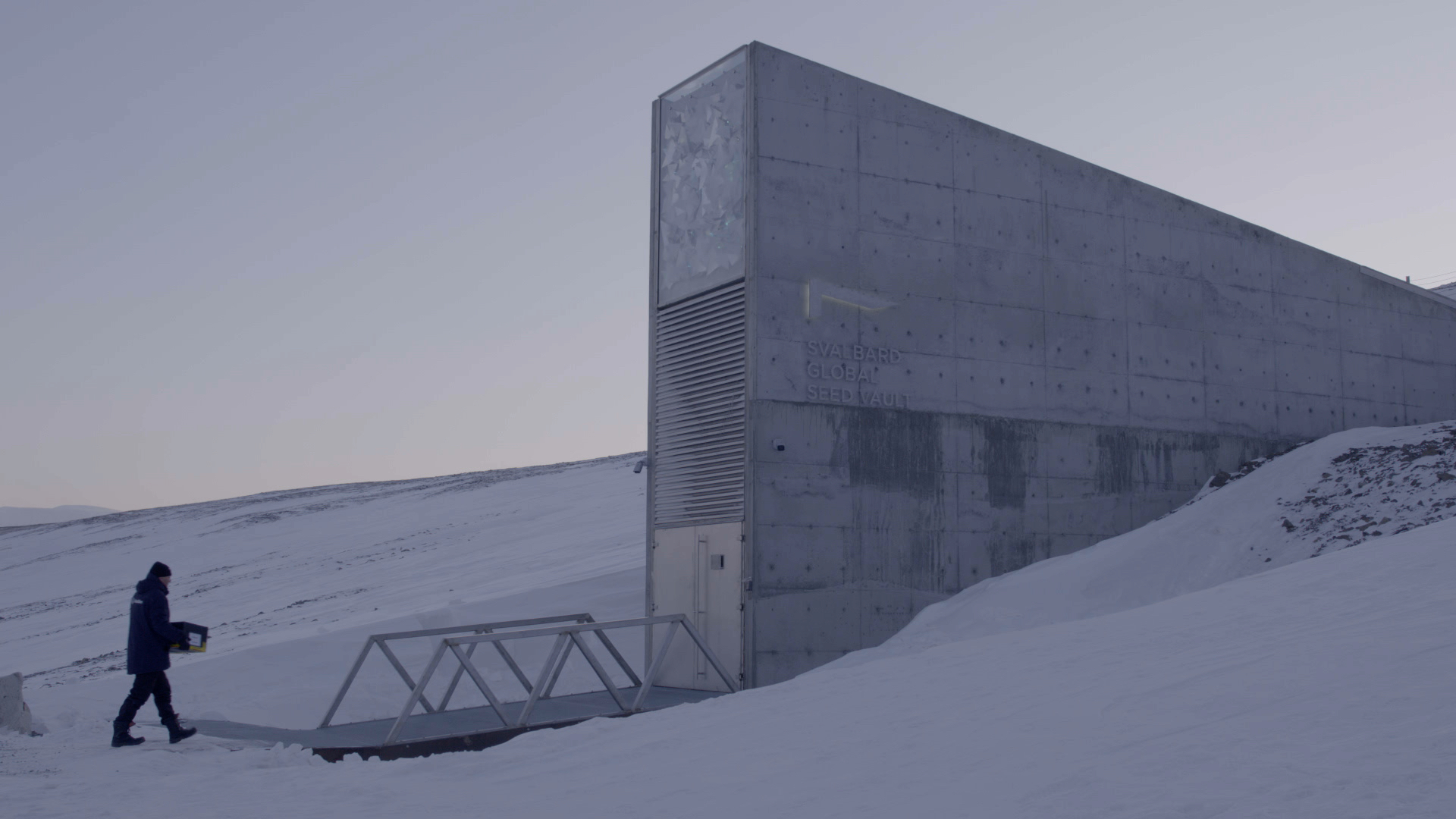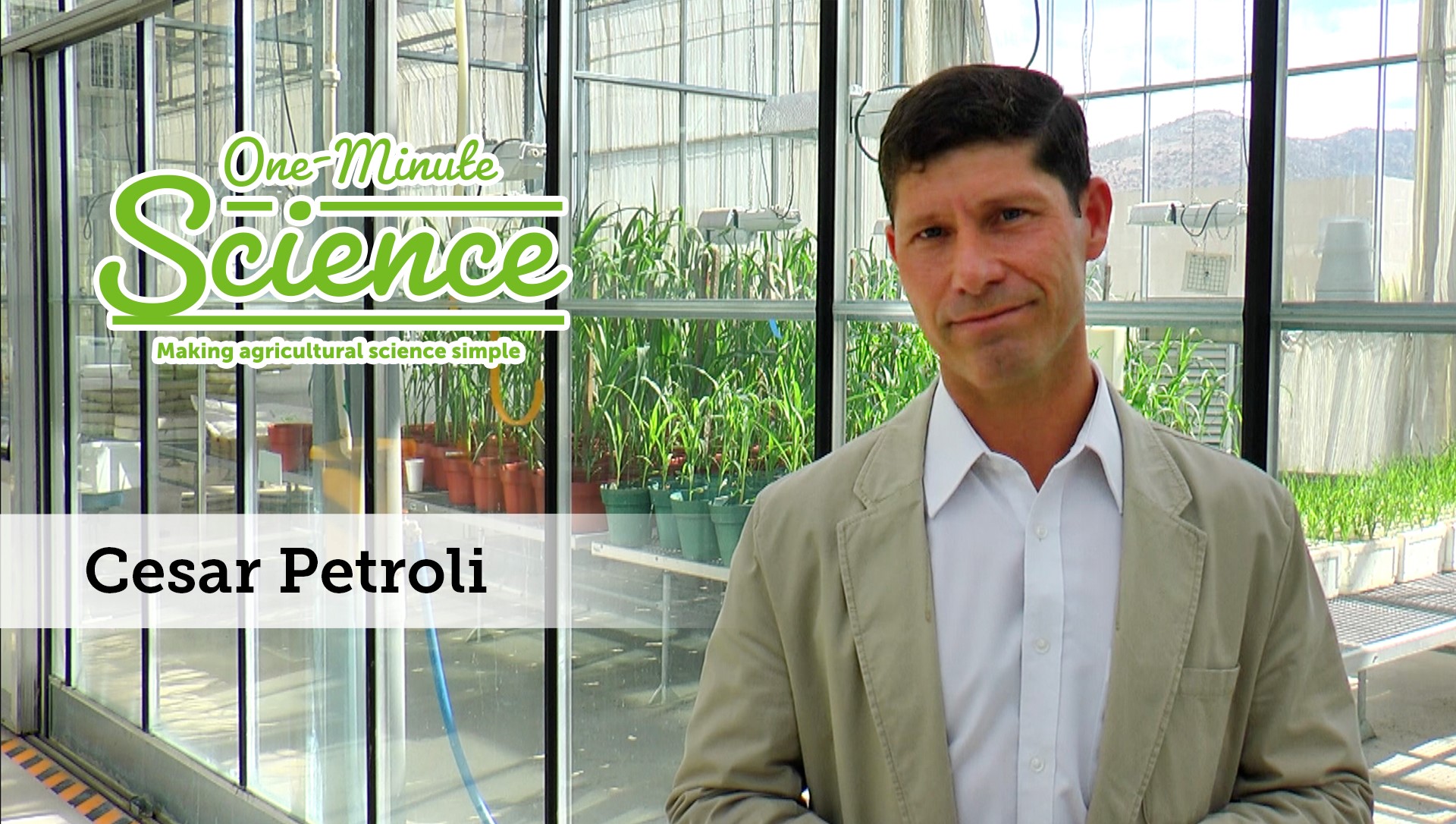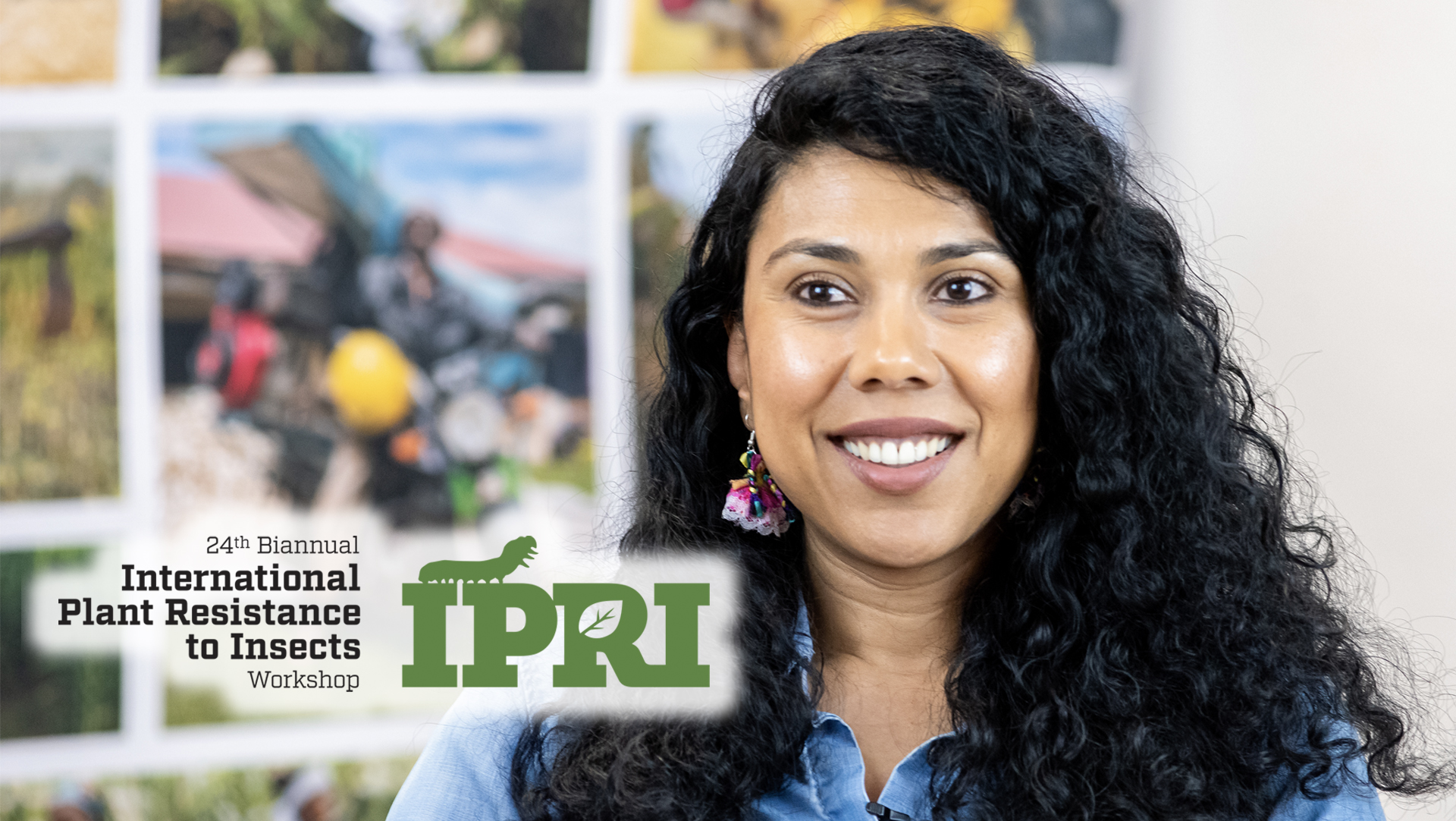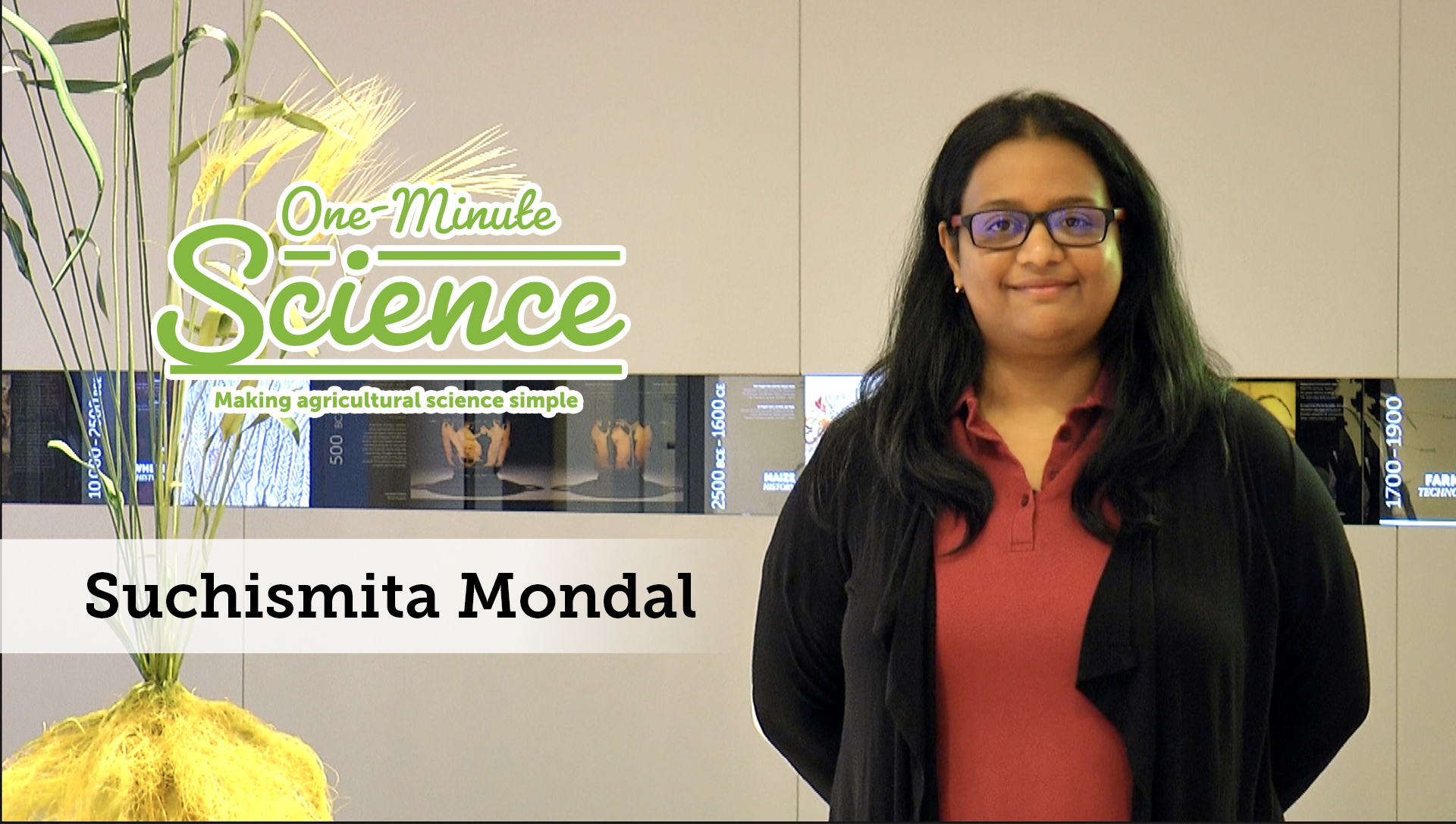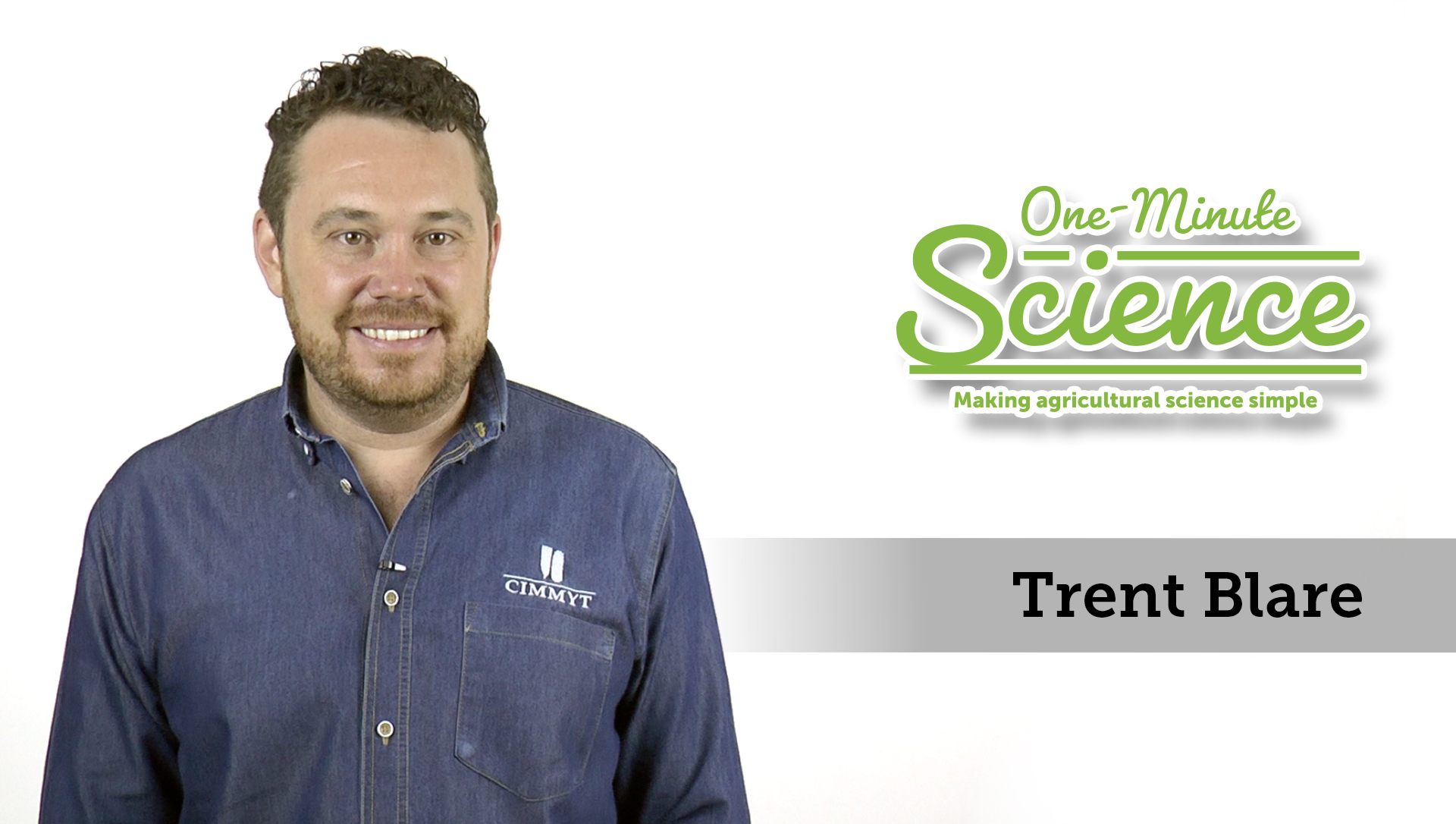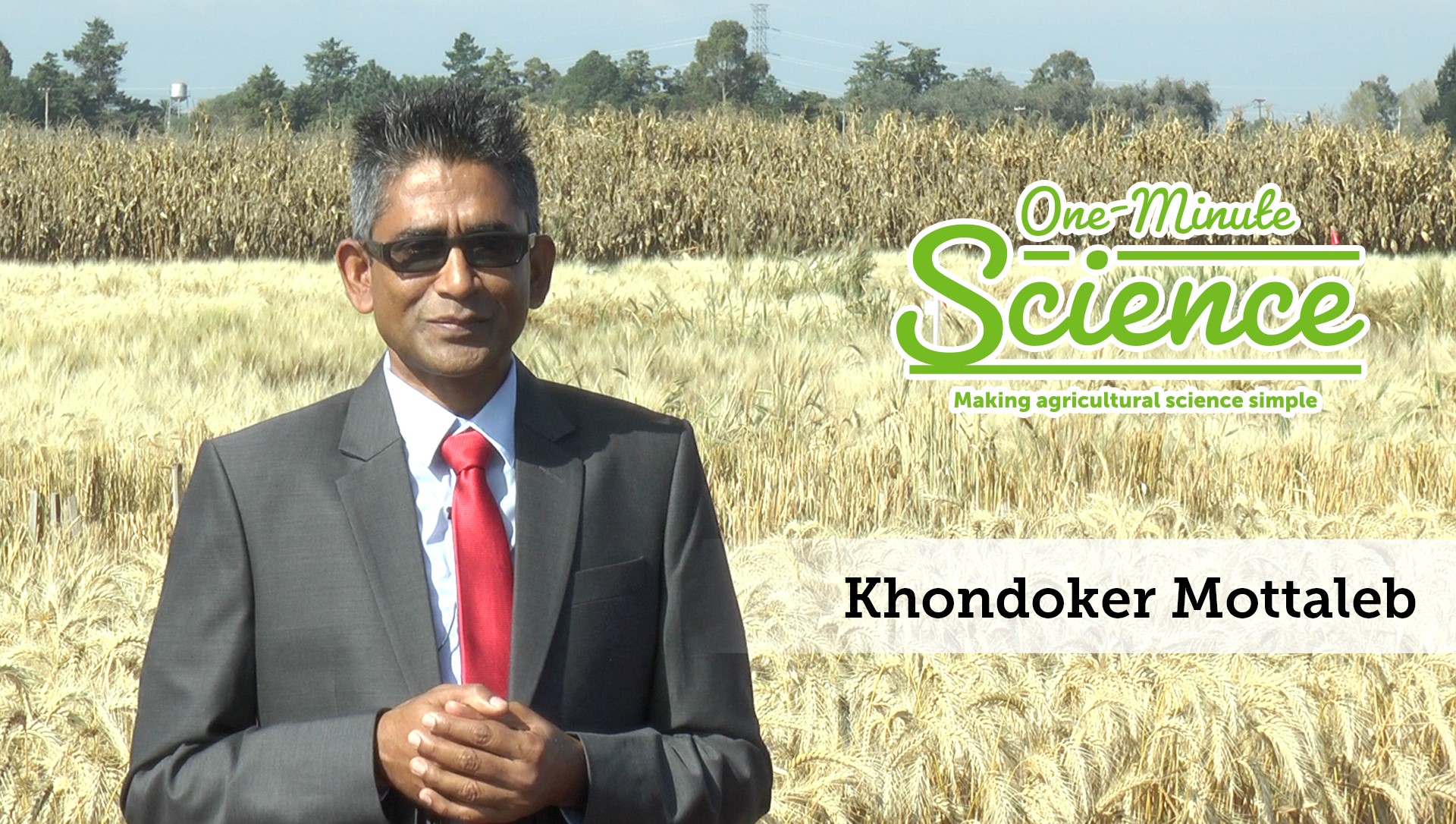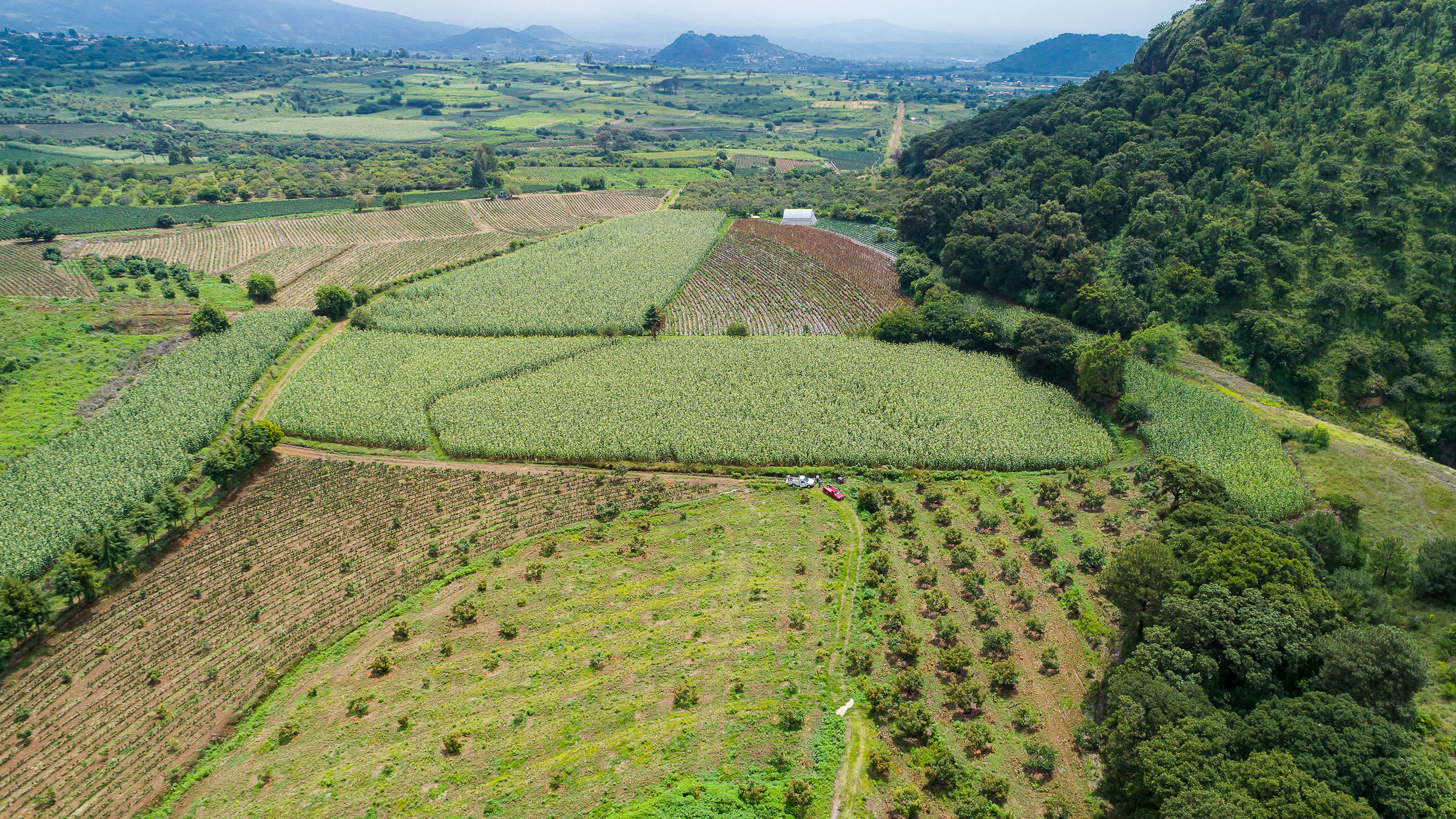Growing stronger with every season
 Gender equality, youth and social inclusion
Gender equality, youth and social inclusion
At CIMMYT, our Women in Crop Science network is working to create a more inclusive internal and external environment. Here’s a glimpse of a day in the life of our team.
CIMMYT and China: A successful partnership since 1974
 Capacity development
Capacity development
The CIMMYT–China collaboration over four decades has added some 10.7 million additional tons of wheat to China’s national wheat output.
The future of wheat
 Capacity development
Capacity development
CIMMYT’s experimental station in Obregón is a mecca for wheat research and breeding, where scientists have access to state-of-the-art field facilities and an ideal location.
The science behind the perfect bread and pasta flour
 Nutrition, health and food security
Nutrition, health and food security
Every year, thousands of wheat lines are analyzed in detail in the CIMMYT Wheat Quality laboratory to determine the nutritional, processing and end-use quality of the grain.
Waging war against the fall armyworm
 Environmental health and biodiversity
Environmental health and biodiversity
CIMMYT and its partners worldwide continue to work on this complex challenge, so millions of smallholder farmers can protect their crops and feed their families.
Many birds with one stone
 Capacity development
Capacity development
Two-wheel tractors have replaced outdated farming tools, helping Ethiopian farmers reduce drudgery, improve productivity and increase their profits.
The Cereal Serial: What are whole grains and why do they matter?
 Nutrition, health and food security
Nutrition, health and food security
CIMMYT maize and wheat quality experts explain the importance of whole grains for healthy diets.
Crop Modeling community of practice
 Capacity development
Capacity development
Improving global coordination of crop modeling efforts.
Preserving the legacy of biodiversity
 Climate adaptation and mitigation
Climate adaptation and mitigation
Maize and wheat seeds from all over the world are preserved at the CIMMYT genebank, used to bring new varieties to farmers, and backed up at the Global Seed Vault.
One-minute science: Cesar Petroli and genomic profiles
 Capacity development
Capacity development
Developing genomic profiles of DNA samples can accelerate the breeding process.
Wheat curl mites: What are they and how can we fight them?
 Nutrition, health and food security
Nutrition, health and food security
Entomologist Punya Nachappa explains wheat curl mites, the impact of climate change and why breeding for host plant resistance is key.
One-minute science: Suchismita Mondal on breeding resilient wheat
 Climate adaptation and mitigation
Climate adaptation and mitigation
Breeders are developing wheat varieties that have stable grain yield under low-water and high-temperature conditions.
One-minute science: Trent Blare and blue maize products
 Environmental health and biodiversity
Environmental health and biodiversity
Consumers near Mexico City perceived blue maize tortillas to taste better. They were willing to pay up to a third more to buy them for special family events or to consume them in restaurants.
One-minute science: Khondoker Mottaleb on how to meet food demand by 2030
 Nutrition, health and food security
Nutrition, health and food security
Studying changing food consumption patterns in the context of urbanization and economic and population growth helps plan for the future.
Bringing landraces back home, 50 years later
 Nutrition, health and food security
Nutrition, health and food security
Half a century earlier, scientists collected and preserved samples of maize landraces in Morelos, Mexico. Now, descendants of those farmers were able to get back their ancestral maize seeds and, with them, a piece of their family history.
